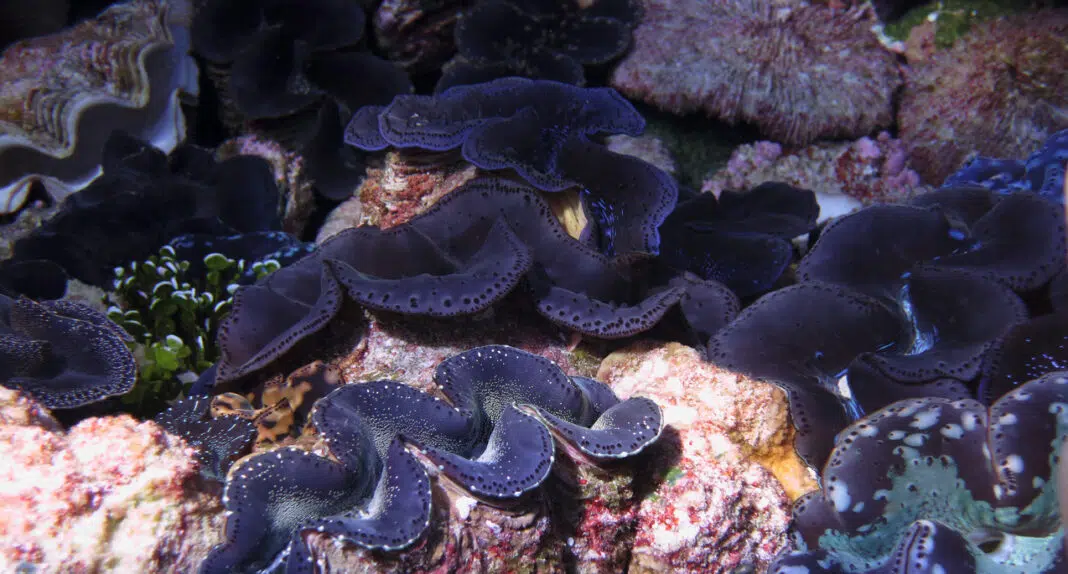Hawaii Governor David Ige recently expressed his full support for a proposal to expand the Pacific Remote Islands Marine National Monument.
The proposed expansion would make it the largest Marine Protected Area (MPA) in the world.
According to Ige:
“Here in the Pacific, the ocean connects us. The Pacific Remote Islands are among the last wild and healthy marine ecosystems in the world, largely because of the lack of human activity. I’m in agreement that the expansion of this marine national monument is politically feasible, culturally supported, and builds on the work already done to keep this part of the Pacific Ocean healthy and abundant.”
The monument was established in 2009 by President George W. Bush and was subsequently expanded by President Barack Obama in 2014. Last month, the Pacific Remote Islands Coalition petitioned President Biden to further expand the monument. According to the coalition, full protection is needed in the waters surrounding Howard and Baker Islands as well as Kingman Reef and Palmyra Atoll.
The marine monument currently incorporates 789,141 square miles (2 million square kilometers) and the proposed expansion would add another 425,639 square miles (1.1 million square kilometers).
Extensive research at Palmyra Atoll and other Pacific islands over the past 20 years has confirmed a strong ecological link between pelagic fish, foraging birds, and coral reef communities. The areas’ underwater seamounts create productive, nutrient rich hotspots. Foraging seabirds bring these nutrients back to their island nesting grounds that feed the surrounding coral reef communities. Protecting these ocean waters is critical to this cycle.
Supporters say the expansion would also honor the memory and sacrifice of members of Hui Panala’au, 130 mostly Native Hawaiian men who were sent to Howland, Baker and Jarvis Islands from 1935-1942 which enabled the US to claim jurisdiction over the area.
Native Hawaiian Elder Sol Kaho’ohalahala said:
“The Pacific Remote Islands hold precious connections to our past and promise for our future as Pacific peoples. In the same way these waters are at the nexus of cross-cultural voyaging pathways across Polynesia, they likewise are an intersection of climate change mitigation, cultural practice and scientific discovery. We must protect these waters.”

